Sarbadars Dynasty (1256–1353)
Sarbadars Dynasty: A Revolutionary People's Movement in Iran
The Sarbadars Dynasty was one of the most significant revolutionary movements in Iran during the 14th century (8th century AH). It emerged around 1337 AD (736 AH) in the region of Khorasan, with Sabzevar as its political and cultural center. The Sarbadars were known for their motto: “We would rather hang by the neck than live in disgrace,” which symbolized their defiance against tyranny.
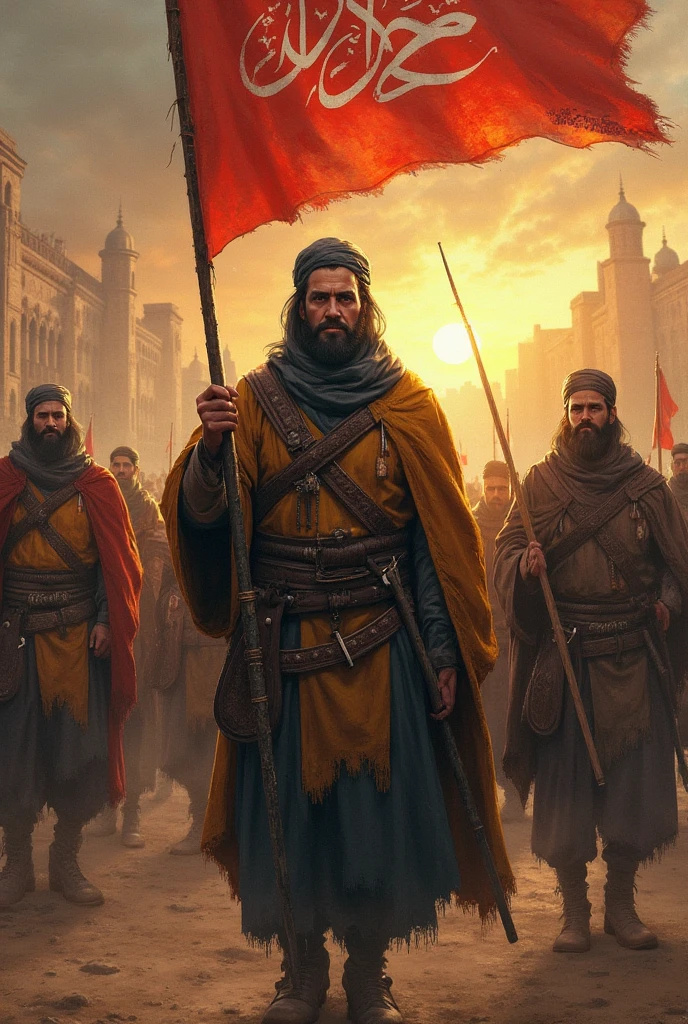
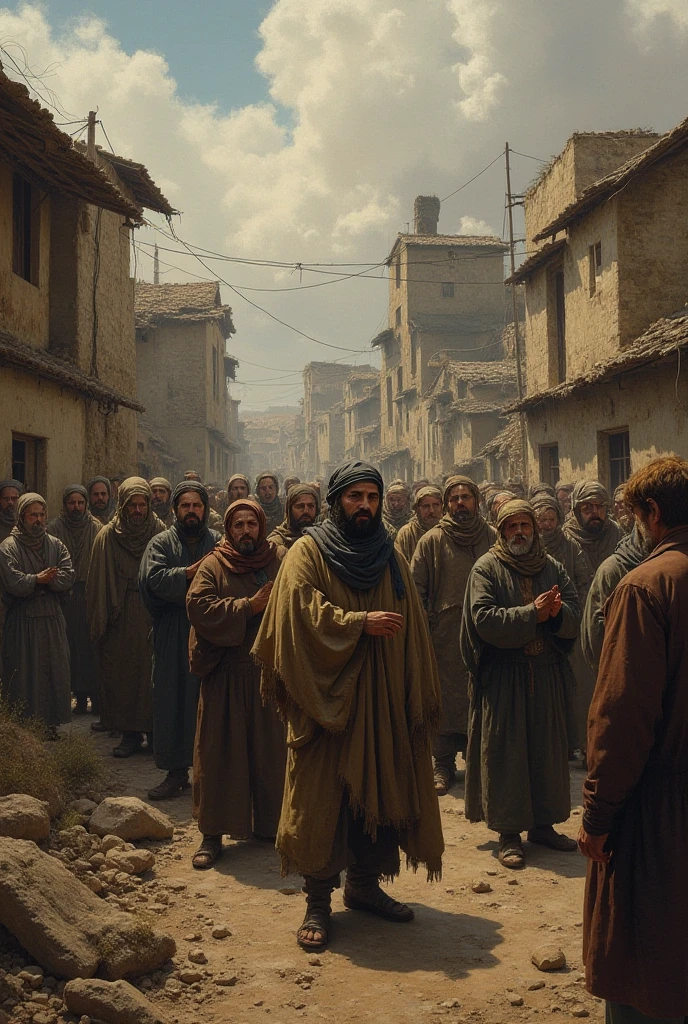
Historical Context and Origins
- Mongol Domination: After the Mongol invasions and the collapse of local governments, the people of Khorasan suffered from oppression and heavy taxation.
- Social Injustice: Feudal exploitation of farmers and common people led to widespread dissatisfaction.
- Religious Influence: The movement was inspired by Shi’a teachings and Sufi mysticism, which emphasized social justice and spiritual awakening.
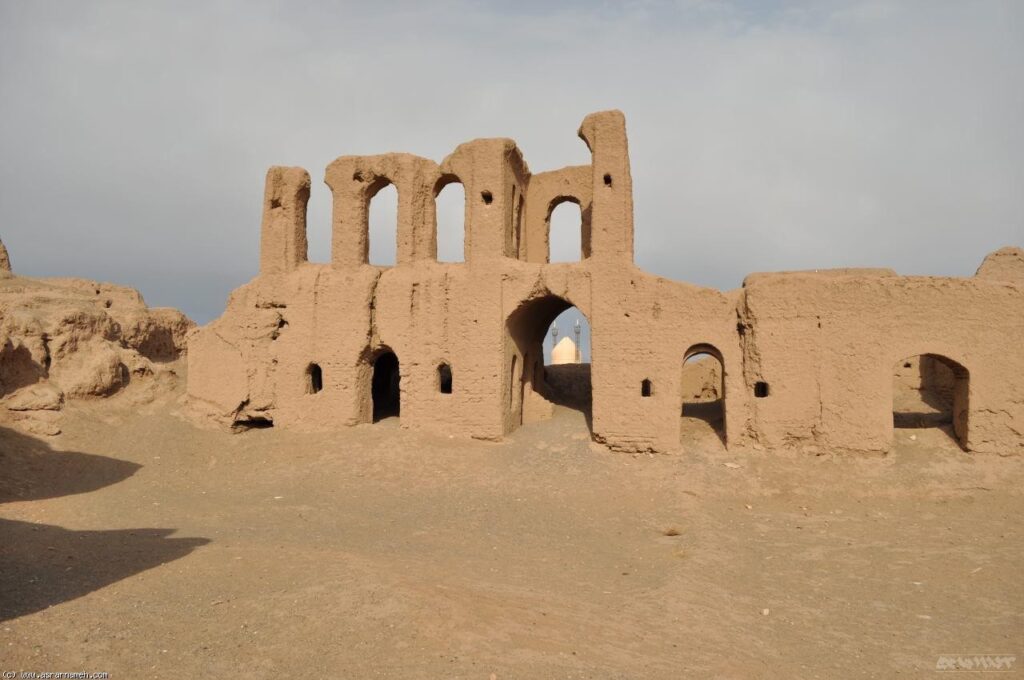
Key Leaders of the Sarbadars
- Abdur Razzaq Bāshṭīnī: The founder of the movement, who led the initial rebellion and liberated Sabzevar.
- Fazlollah Esfarayeni: A skilled politician and administrator who strengthened the Sarbadars’ political and military structure.
- Hassan Damghani: A notable military commander who led significant victories for the Sarbadars.

Features of Sarbadar Rule
- Religious Identity: The Sarbadars established one of the first Shi’a-oriented governments in Iran.
- Social Justice: They advocated for reducing the tax burden on peasants and supporting lower social classes.
- Judicial Reforms: Efforts were made to create a fair judicial system based on Islamic principles.
- Economic Growth: They promoted agriculture and trade, turning Sabzevar into an economic hub.
- Cultural Flourishing: Sabzevar became a center of learning and culture during their rule.
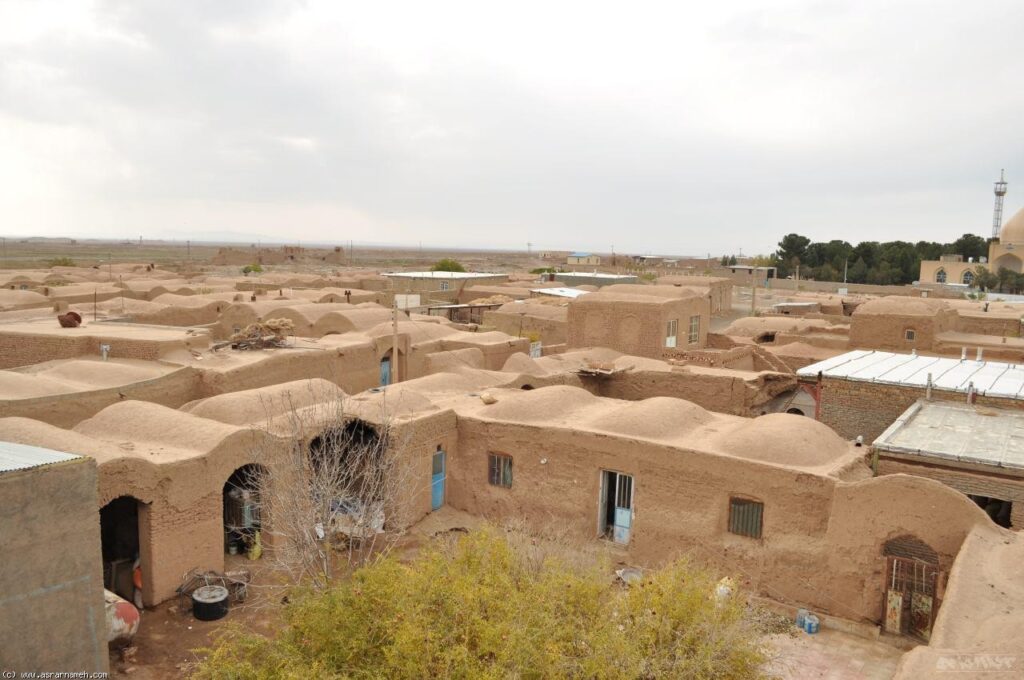
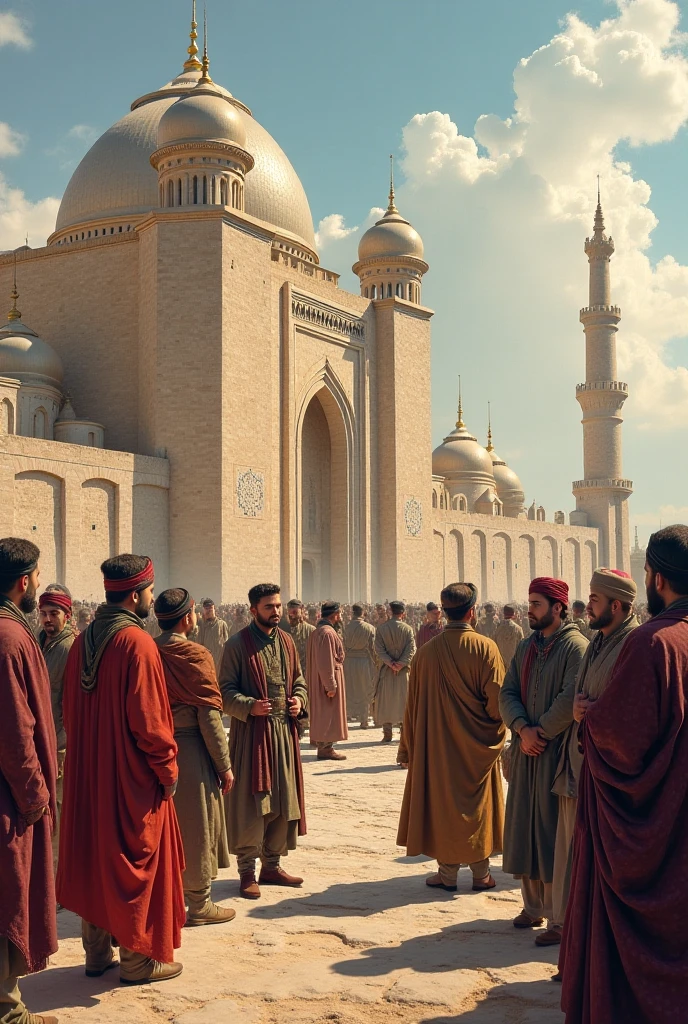
Challenges and Downfall
- Internal Conflicts: Power struggles and political divisions weakened the government.
- External Threats: The rise of Timur (Tamerlane) and his military campaigns eventually led to the fall of the Sarbadars.
- Religious Rivalries: Sectarian disputes further destabilized the movement.
Historical Significance
- First Shi’a Government in Iran: The Sarbadars laid the groundwork for the later establishment of Shi’ism as a dominant force in Iran.
- Inspiration for Revolts: Their movement inspired other grassroots uprisings in Iranian history.
- Cultural Development: Sabzevar flourished as a center for literature, scholarship, and science.
Conclusion
The Sarbadars Dynasty stands as a symbol of resistance and the pursuit of social justice. Their revolutionary governance challenged both Mongol rule and feudal oppression, leaving a lasting impact on Iran’s political and religious landscape.
Let me know if you want to learn more about their battles, administration, or cultural contributions.
